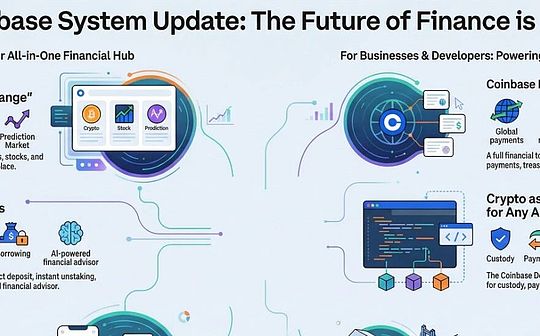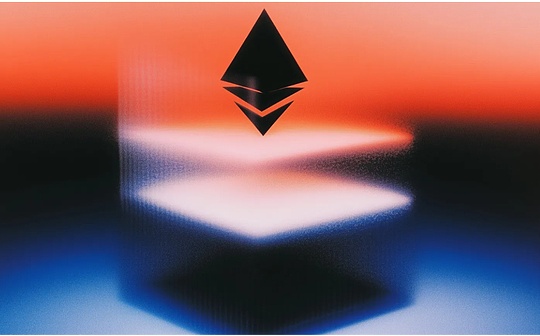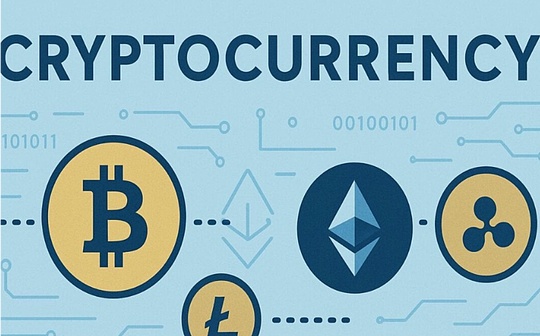
Author: zerokn0wledge, redaCted Research Lianchuang Source: X,@Zerokn0LEDGE_ Translation: Shan Ouba, Bitchain Vision Realm
We are moving towards a complete ecosystem composed of Rollup -centered future, composed of vertical or specific execution layers in the application.Modularization has accelerated this process, which makes the rise of tens of thousands of custom blockchain technology stacks possible.However, although the modularization brings unprecedented scalability and stronger network design, it also brings a fragmentation of liquidity and the inherent fragmented by users’ cross -ecosystems.
This is a big problem for the user experience.In order to solve this fragmentation, we need to implement uniform and unreasonable execution, allowing general applications to deploy on any chain, whether it runs the consensus mechanism, virtual machine or supported programming language.Does it sound ideal?In fact, Skate made this a reality.Universal state driven by cross -chain intentions and Eigenlayer.
Let’s see how it works.
Skate is a novel infrastructure that can be seamlessly integrated into the modular stack.It is located above the execution layer and is coupled with a proprietary Eigenlayer consensus mechanism based on the Eigenlayer consensus mechanism.
>
SKATE itself is an optimistic Rollup implemented based on OP Stack, which is currently running online on the nollie test.Initially, the centralized sorter will be sorted before the Ethereum main network determines the transaction.However, SKATE aims to increase decentralization by turning the sorter node network or integrating the scalable and decentralized sorter like ESPRESSOSYS.
The SKATE authenticator network consists of an independent lightweight verification device node. The bottom layer of BFT*(Byzantine) consensus is based on EIGENLAYER.Byzantine fault tolerance is a feature of the computer system. Even if there are malicious participants, the consensus mechanism can resist certain types of faults.This means that even if some nodes are dying or bad behavior, we can still reach consensus through BFT.As long as the nodes of 2/3 are honest, the Internet is safe.
In order to become an authentication of Eigenlayer, participants need to lock a certain number of tokens as mortgage.If any malicious behavior is detected, these tokens will be cut to maintain the integrity of the network.
SKATE’s AVS is mainly used as a fast determination layer (FNN) that has nothing to do with chain.It promotes access to the SKATE center hub chain based on the pull -based request system.
>
This is because the transaction is executed by the user’s signature “intention” (that is, order) between the network, which needs to deal with the “executor” of these intentions to see the status of each network.
Let’s take a look at an example.
Imagine you want to transfer $ 1,000 from Ethereum to Solana.If such a request is made, the executors need to confirm that these assets exist in Ethereum (source chain) and successfully transfer to Solana (target chain).
Therefore, SKATE uses a password -based economic security decentralization @eigenlayer node network to pull the state from different sources to ensure rapid certainty.
To achieve this, the verifier runs special software and indexes to collect and prepare the required data.
When a request is made, the AVS verification device will create executable CALLDATA, which encodes the necessary function calls and parameters to execute the status of the settlement chain.This process enables the current status of the mirror hub chain.
The main responsibility of AVS is to create a instruction set called “CALLDATA” for a given task.This callData contains a specific function call and parameter that must be performed on another blockchain.Is it cool?But this is not all.
Skate is not just an ordinary bridge, its function is far beyond simple asset transfer.SKATE allows GM (EVM) applications to run on any chain.
>
Recently, SKATE has been extended to Solana, and the Taskid in the SKATE NOLLIE test network is successfully performed through Eigenlayer pre -confirmed that the AVS is executed on the Taskid in the SKATE NOLLIE test network to the test network of Solana.This means that EVM applications can not only run on Solana, but also synchronize with the universal state of the unified 1,000 chain, paving the way for extensive and safe interoperability.
>
Don’t build an isolated application anymore.Cross -chain construction applications with general state.







